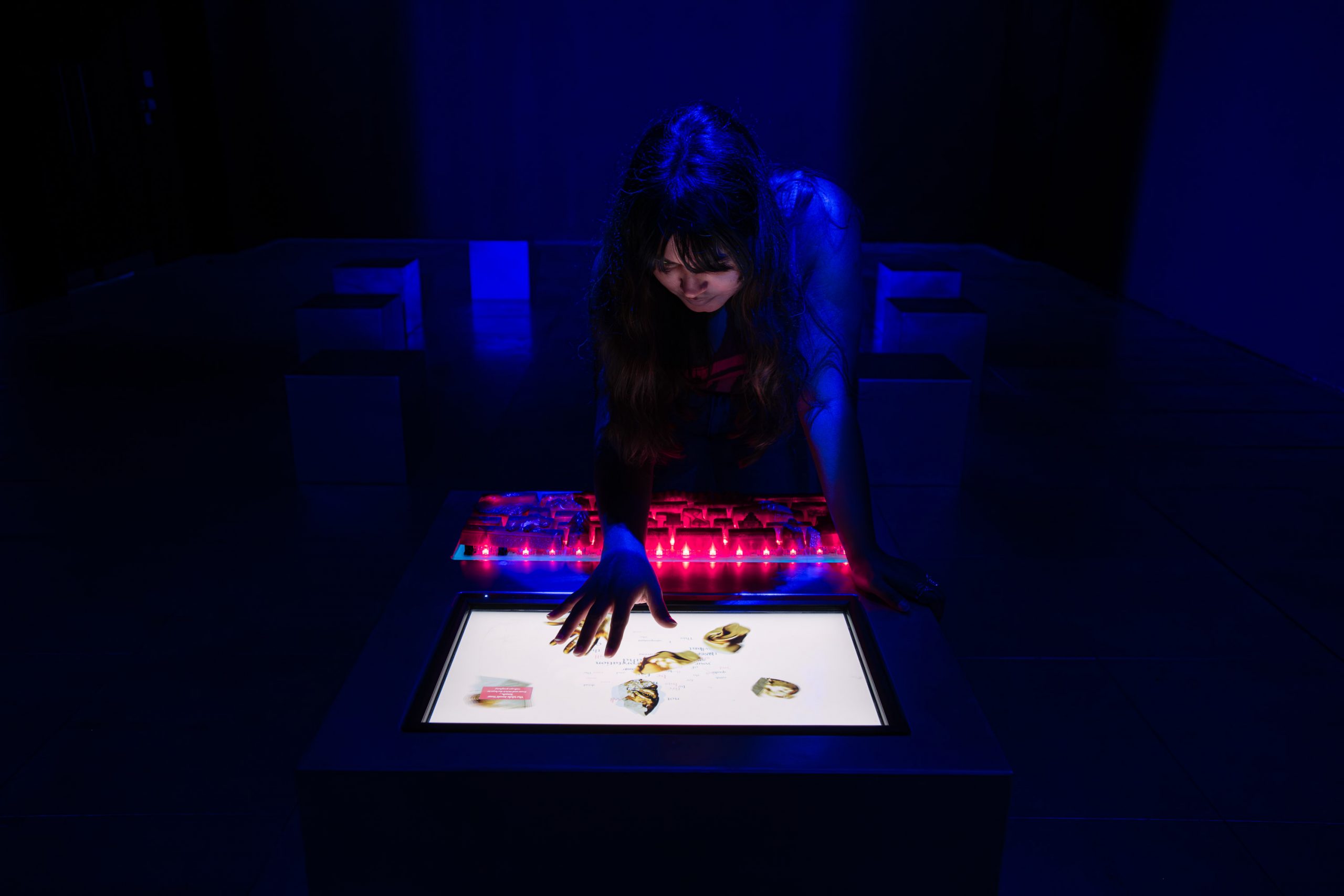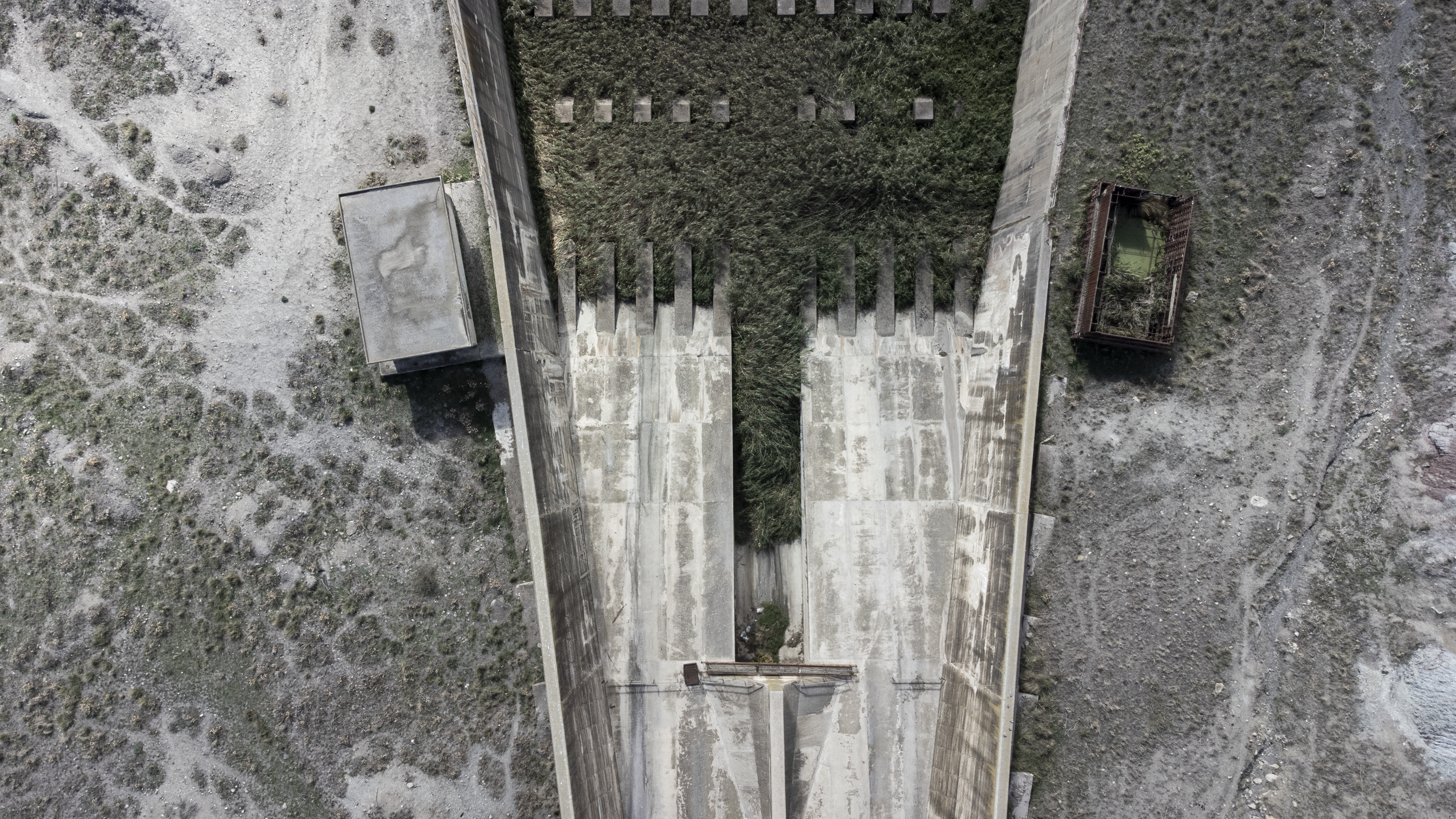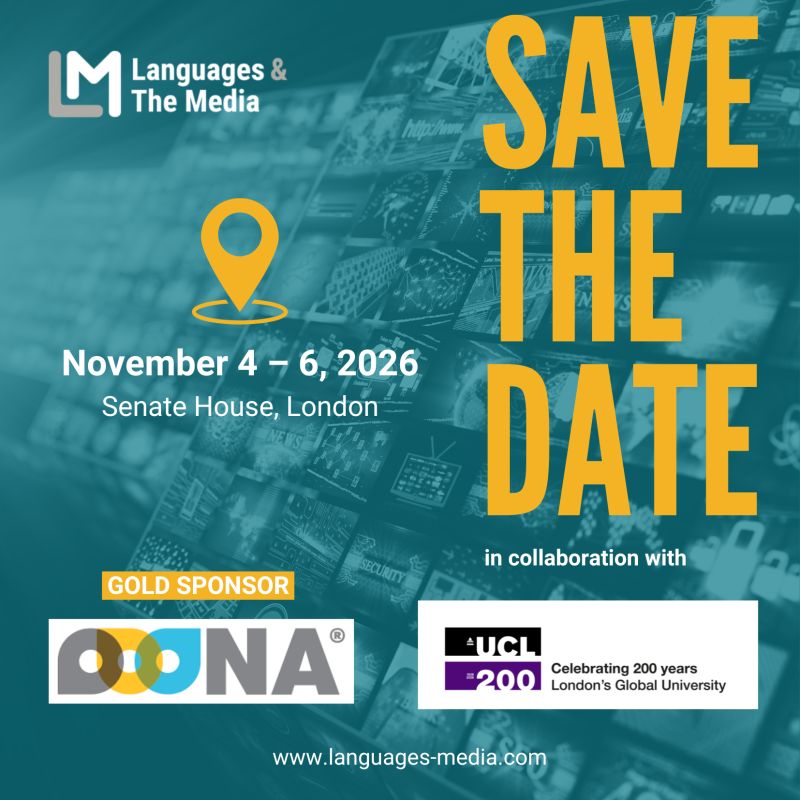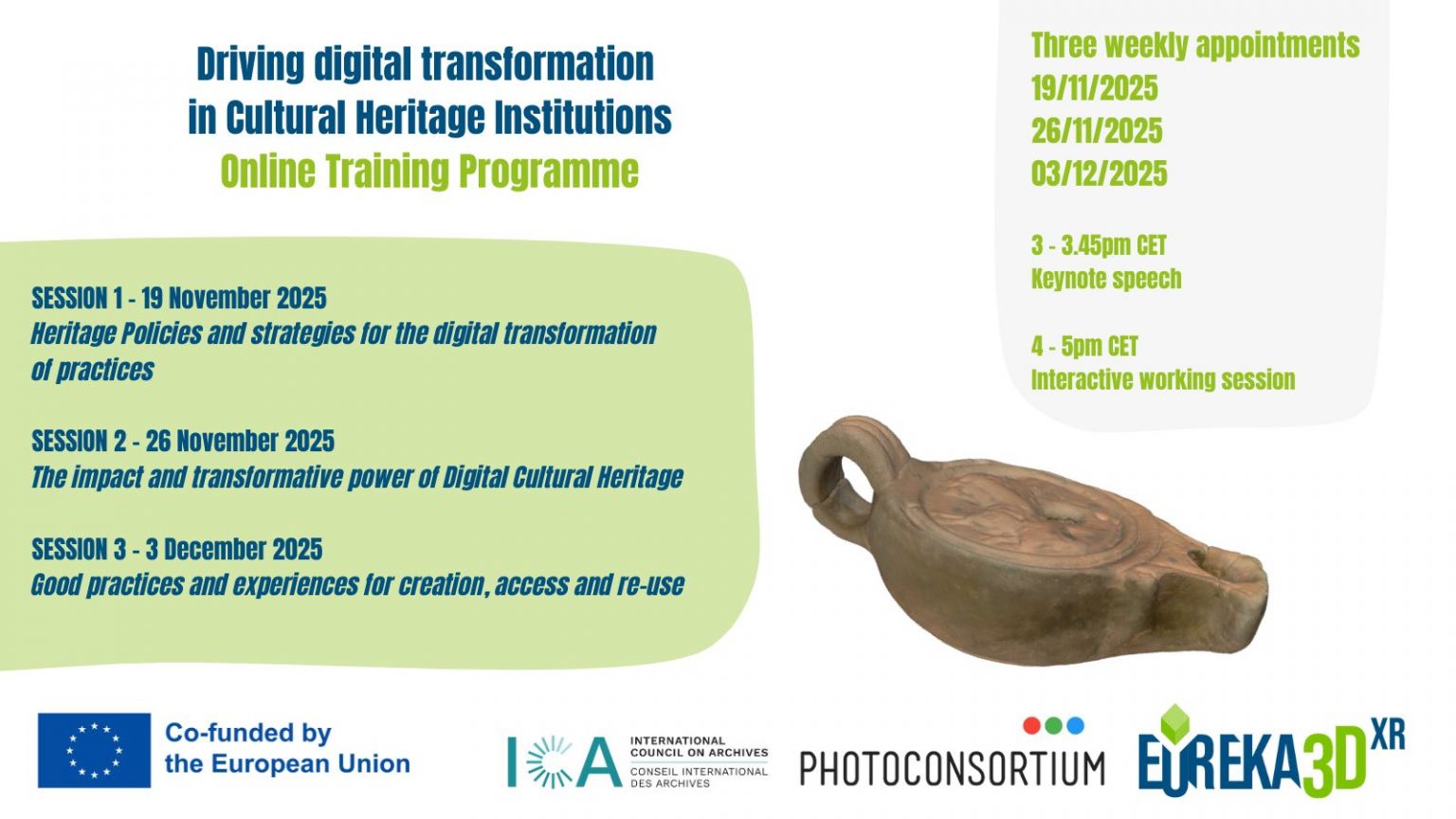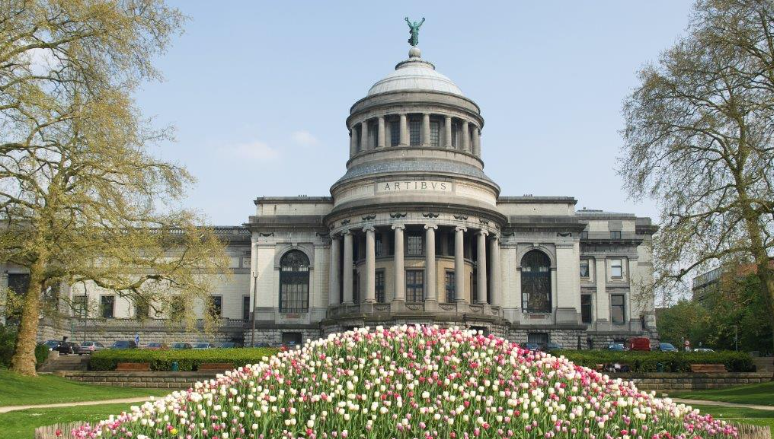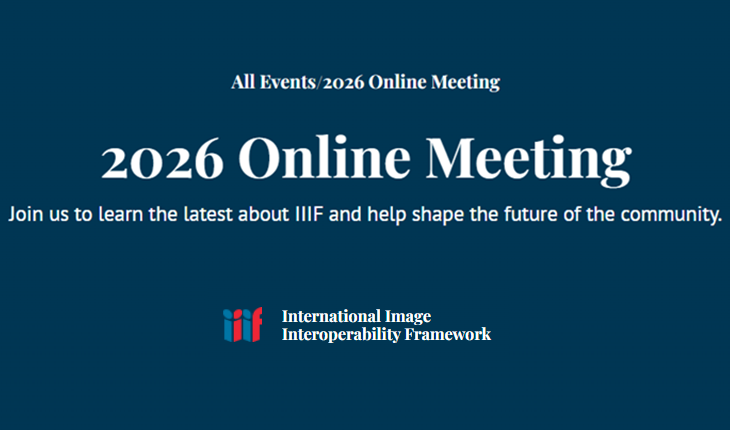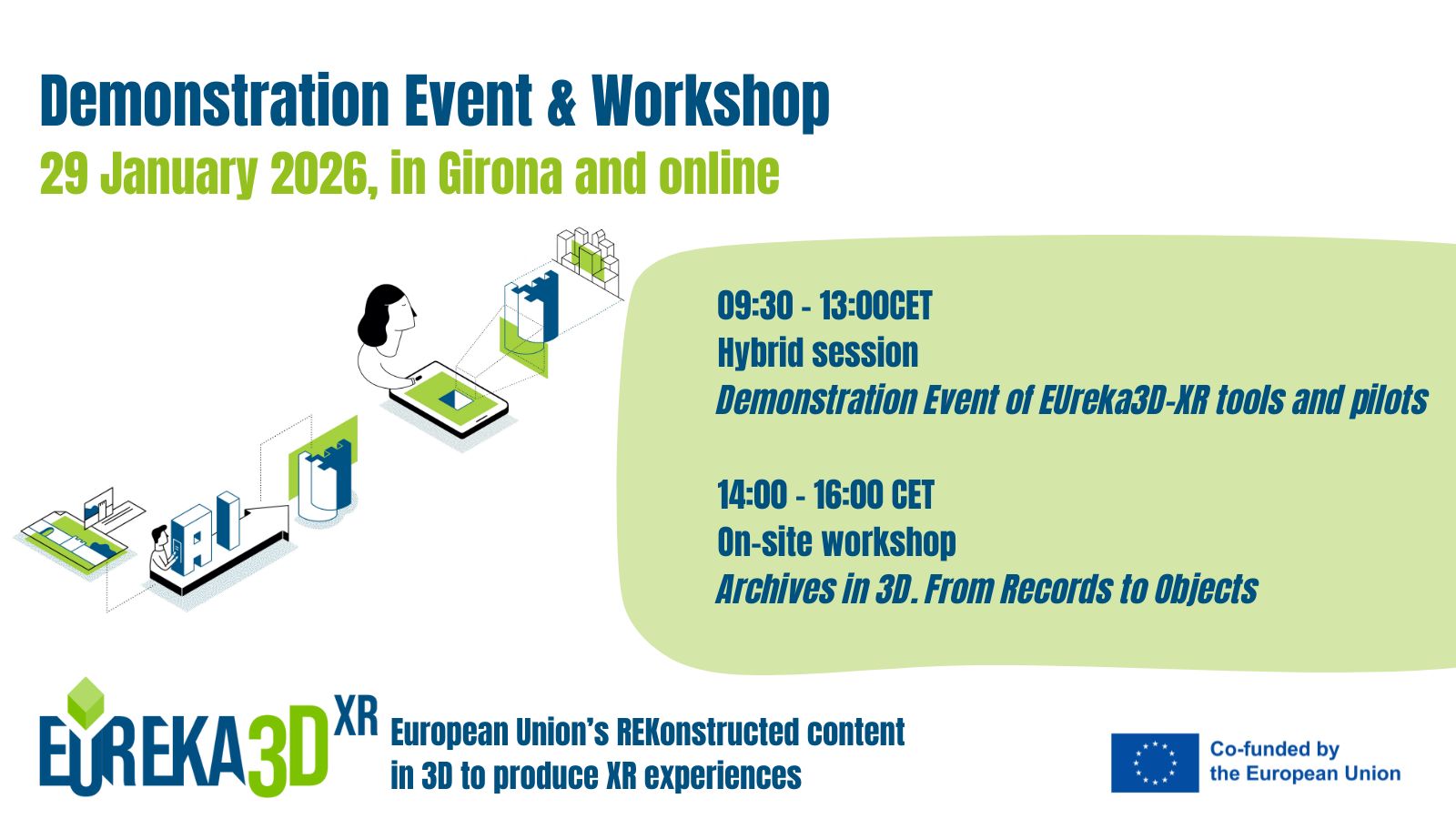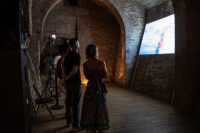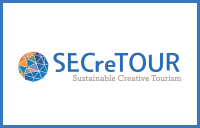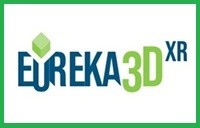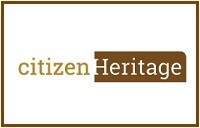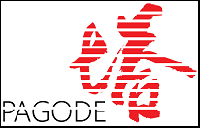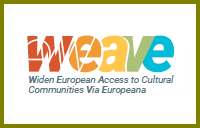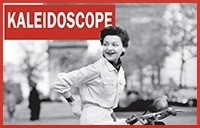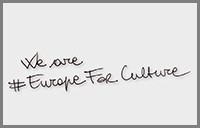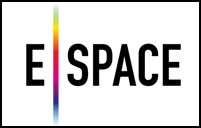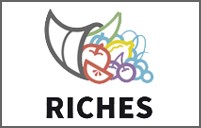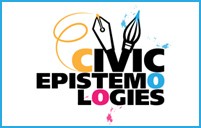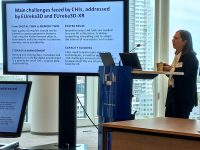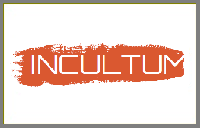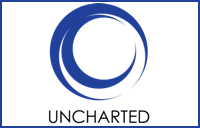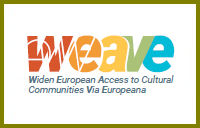L’Associazione Culturale Imago di Pisa
presenta
XIII MARATONA FOTOGRAFICA IMAGO
12 ORE – 4 TEMI – 1 PASSIONE
•••••••••••••••
La Maratona Fotografica si svolge in un arco di tempo di dodici ore suddiviso in quattro sezioni, corrispondenti a quattro differenti temi da svolgere.
Gli organizzatori comunicheranno i temi, uno alla volta ogni tre ore, presso i punti di raduno di città e online.
Si può partecipare sia con fotocamera analogica che digitale.
•••••••••••••••
QUANDO?
SABATO 16 MAGGIO 2015
dalle ore 9:00 alle ore 21:00
•••••••••••••••
DOVE?
a PISA e… ON LINE**
•••••••••••••••
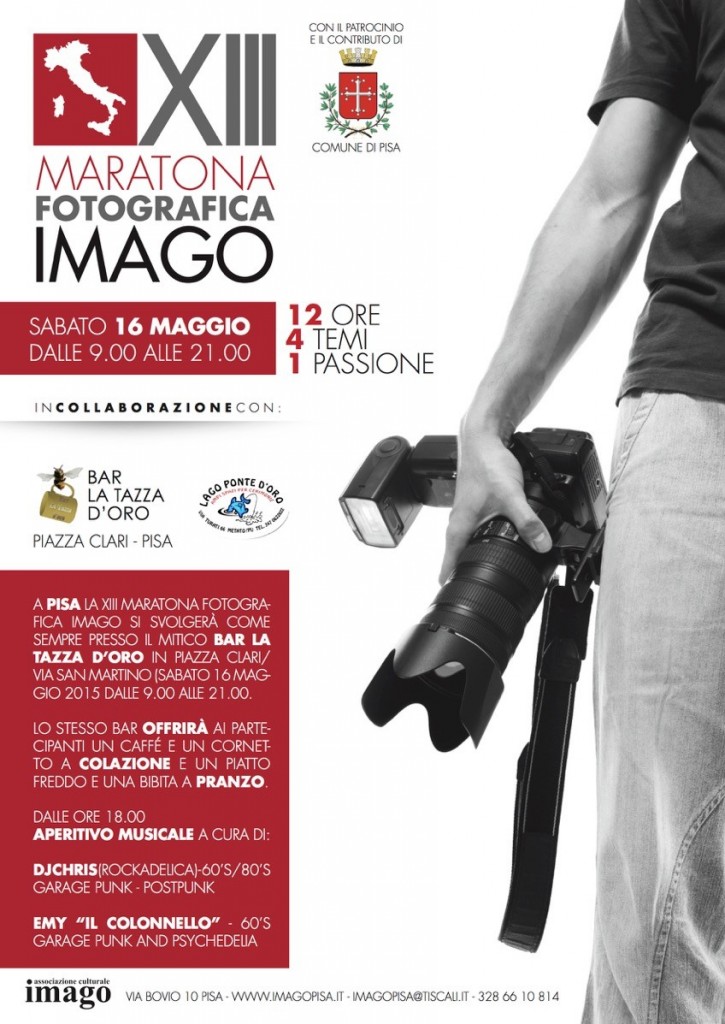 I partecipanti si ritroveranno a Pisa alle ore 9.00 presso
I partecipanti si ritroveranno a Pisa alle ore 9.00 presso
il Bar La Tazza d’Oro in Piazza Clari n.2
(Il bar offrirà ai partecipanti un caffè e un cornetto a colazione e un piatto freddo con bibita a pranzo)
•••••••••••••••
COME?
Gli iscritti alla sezione fotografica analogica riceveranno un rullo b/n (Ilford hp5 400 iso o Tmax Kodak 400 iso) da 36 pose.
I partecipanti con fotocamera digitale useranno le proprie card di memoria vuote.
I partecipanti fuori Pisa, o coloro che pur nelle vicinanze non potranno raggiungere il punto di raduno, seguiranno la comunicazione dei temi sui canali ON LINE dell’associazione:
www.imagopisa.it, @imagopisa (Twitter), gruppo Facebook della XIII Maratona Fotografica imago
Si comincia alle ore 09.00 con la comunicazione del PRIMO TEMA
alle ore 12.00 sarà comunicato un SECONDO TEMA
alle ore 15.00 sarà la volta del TERZO TEMA
QUARTO ed ultimo tema alle ore 18.00.
Entro le ore 21.00 RICONSEGNA degli scatti prodotti
I partecipanti in analogico consegneranno le pellicole in dotazione.
I maratoneti in digitale scaricheranno sui computer messi a disposizione da imago un numero massimo di 36 immagini
** Il partecipante ON LINE e/o chi non potrà raggiungere il punto di raduno, invierà entro il giorno successivo (domenica 17 maggio) un provino a contatto digitale di massimo 36 immagini o in alternativa una cartella con massimo 36 immagini singole a bassa risoluzione all’indirizzo e-mail imagopisa@tiscali.it
•••••••••••••••
*(Consigliamo di fotografare in Raw+Jpeg bassa, a noi serviranno solo le jpeg basse come prova degli scatti effettuati durante l’arco della giornata.
Se nelle 12 ore avete realizzato più scatti selezionatene il numero massimo consentito direttamente in macchina per facilitarne la consegna.)
•••••••••••••••
DOPO LA MARATONA…
Sabato 13 Giugno gli organizzatori consegneranno ai partecipanti della sez. analogica i rulli sviluppati e i relativi provini a contatto, mentre ai fotografi in digitale invieranno entro la stessa data un provino a contatto in pdf all’indirizzo mail comunicato al momento dell’iscrizione.
Sulla base di questi i partecipanti dovranno stampare o far stampare una foto a propria scelta per ogni tema svolto e consegnare entro il 25 luglio le 4 stampe presso l’associazione imago oppure presso il Bar La Tazza d’Oro (Piazza Clari n.2 – CAP 56100 – Pisa)
Le 4 foto, b/n o a colori dovranno avere un formato di 20×30 cm ed essere montate su cartoncino nero 30×40 cm. La post-produzione è libera.
Entro la stessa data le 4 foto scelte per la mostra dovranno essere postate sul sito http://maratonaimago.it alla pagina “scegli le 4 foto”
(ciò servirà all’allestimento di una galleria fotografica consultabile on line).
•••••••••••••••
LA MOSTRA DELLA MARATONA
Le fotografie raccolte serviranno ad allestire la Mostra della XIII MARATONA FOTOGRAFICA IMAGO
che si terrà in autunno (la data ufficiale verrà comunicata il prima possibile) presso il Centro Museale Espositivo SMS di Pisa.
•••••••••••••••
La quota d’iscrizione è di 15€.
Puoi iscriverti on line su http://maratonaimago.it/iscrizione-on-line
Scarica la SCHEDA D’ISCRIZIONE
e inviala a
(è inoltre possibile iscriversi personalmente presso la sede dell’associazione imago e/o presso il Bar La Tazza d’Oro di Pisa)
•••••••••••••••
Via Bovio, 10 – 56100 – Pisa
Tel. 328 66 10 814


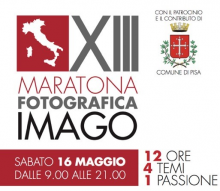
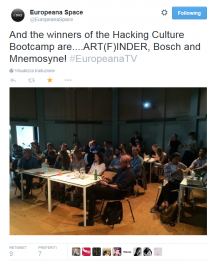

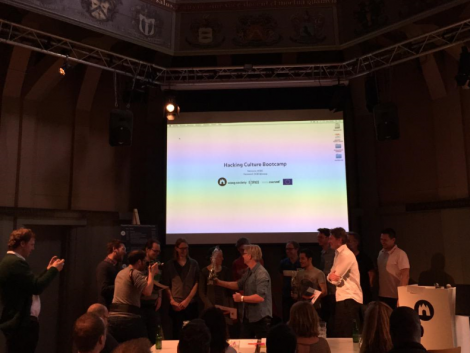


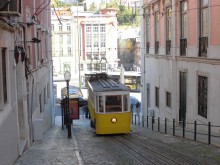
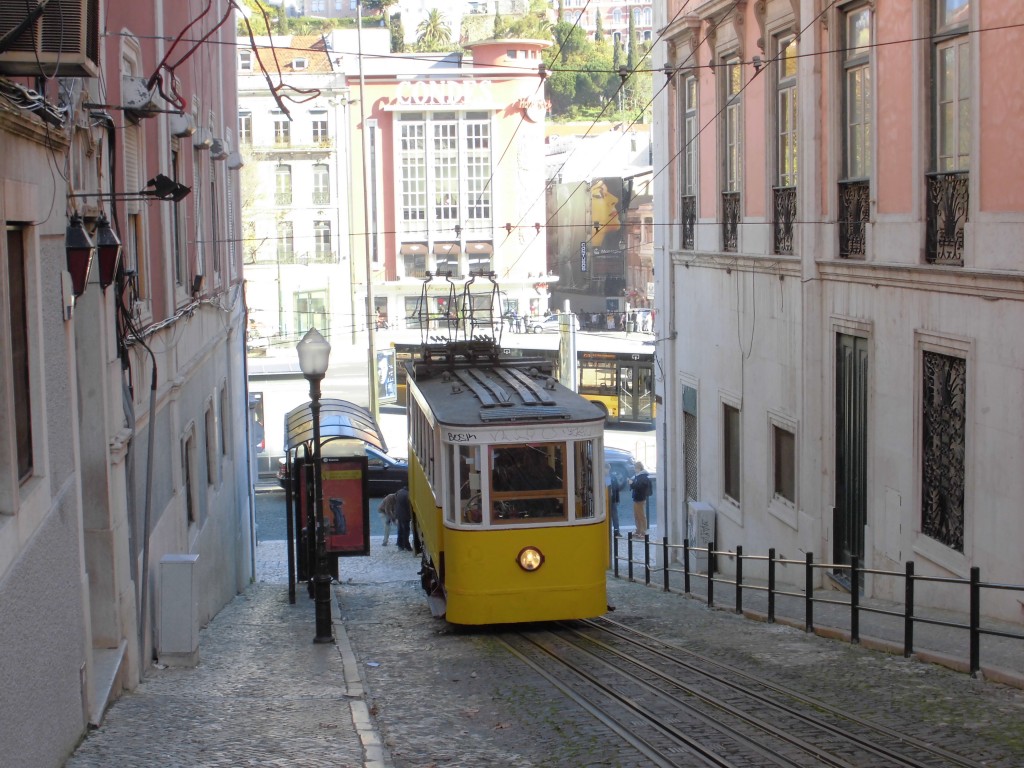
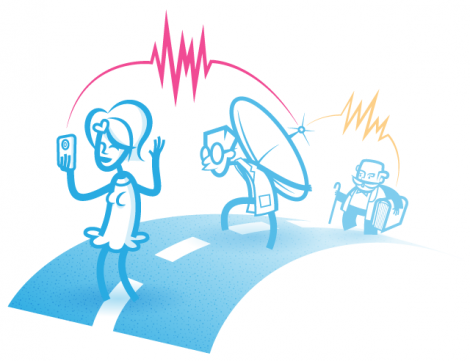 Read the article published by
Read the article published by 

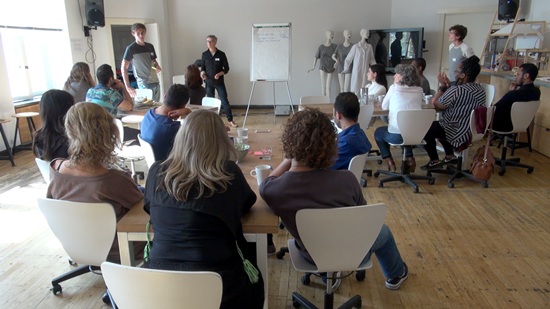
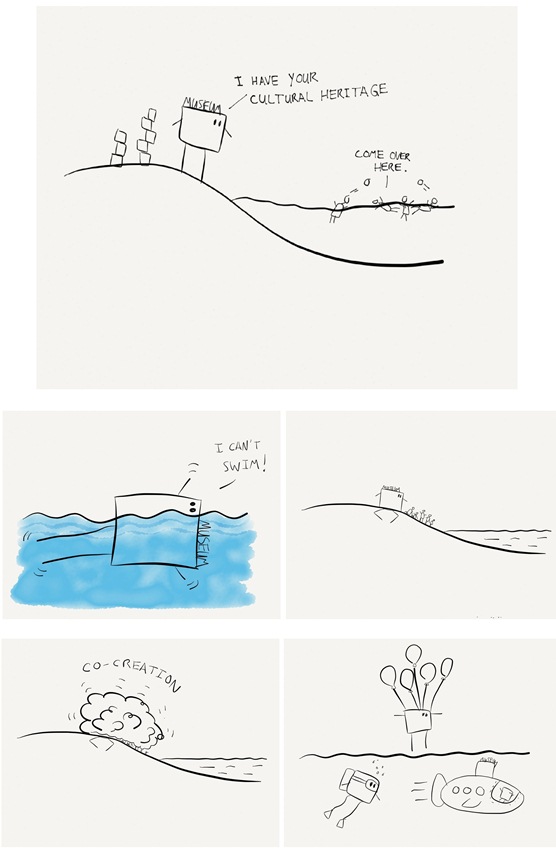
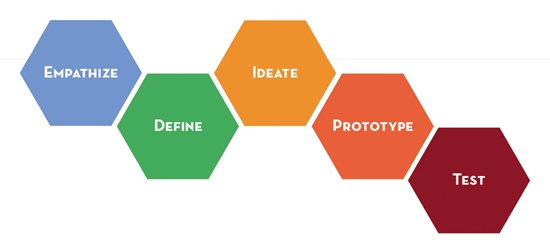


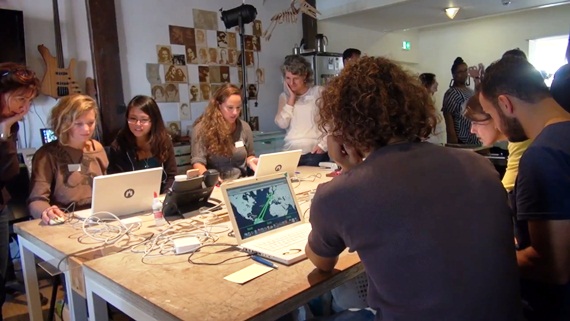
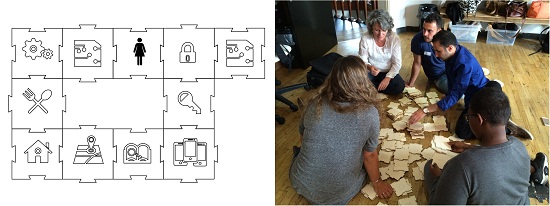
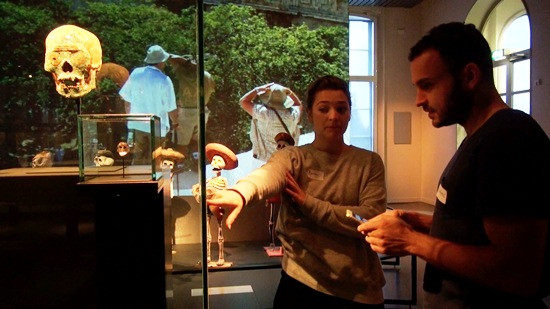
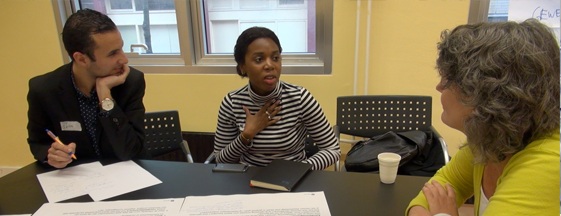
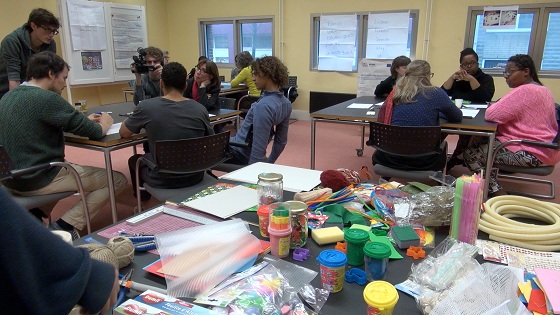
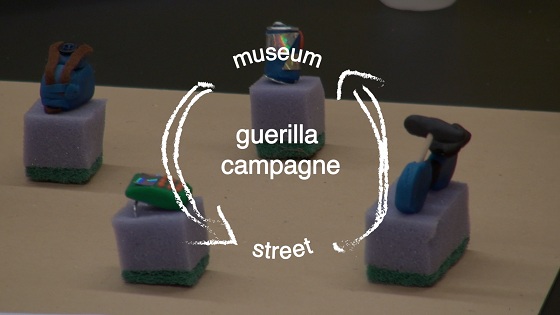
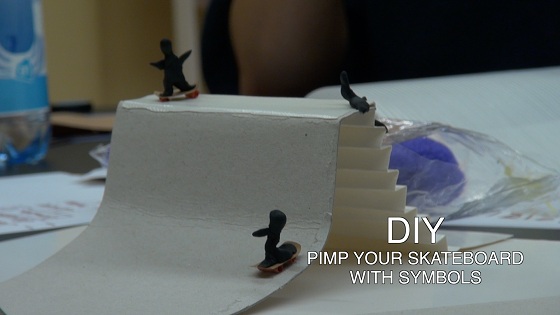
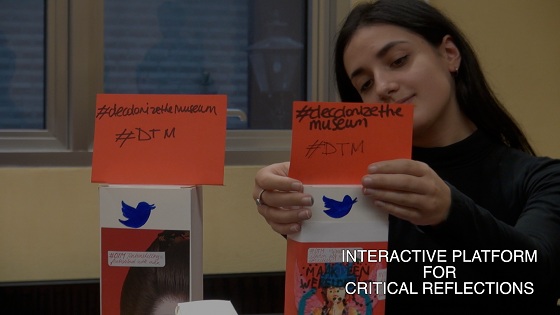

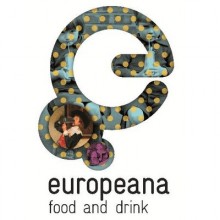

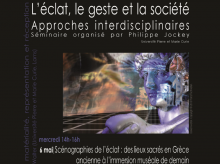
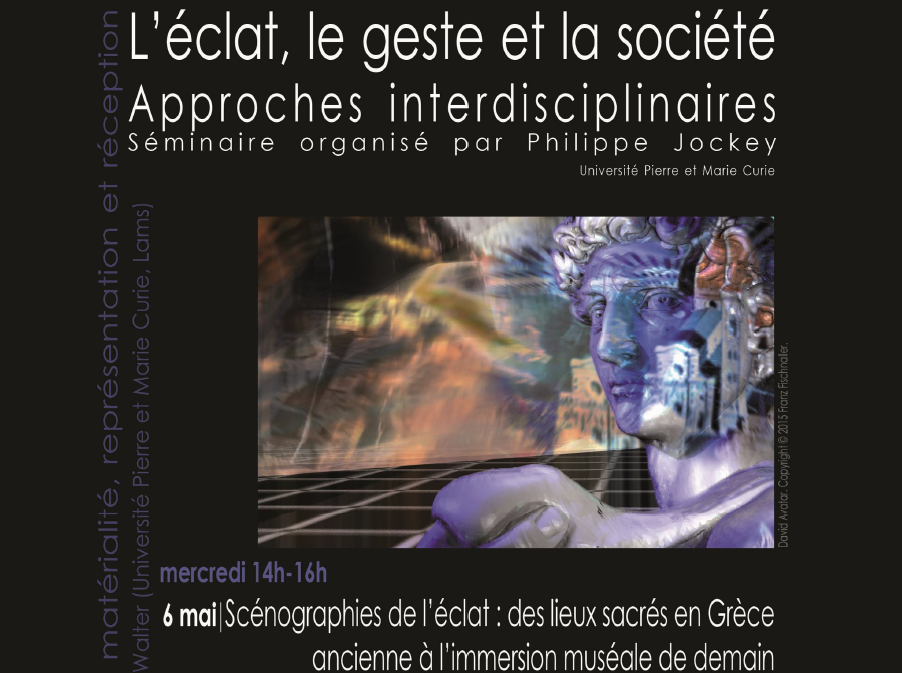




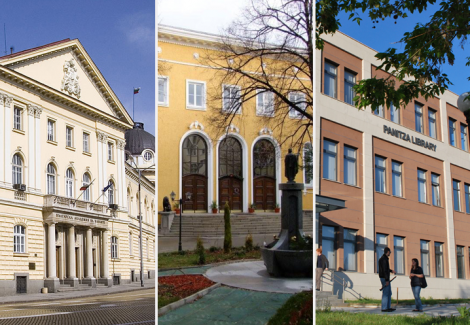


















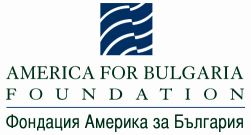
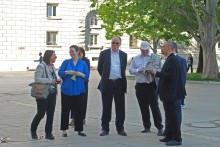

 As invited speaker, Antonella Fresa of Promoter SRL intervened with a presentation entitled “From digitisation to the re-use of digital cultural content and citizen participation“[
As invited speaker, Antonella Fresa of Promoter SRL intervened with a presentation entitled “From digitisation to the re-use of digital cultural content and citizen participation“[